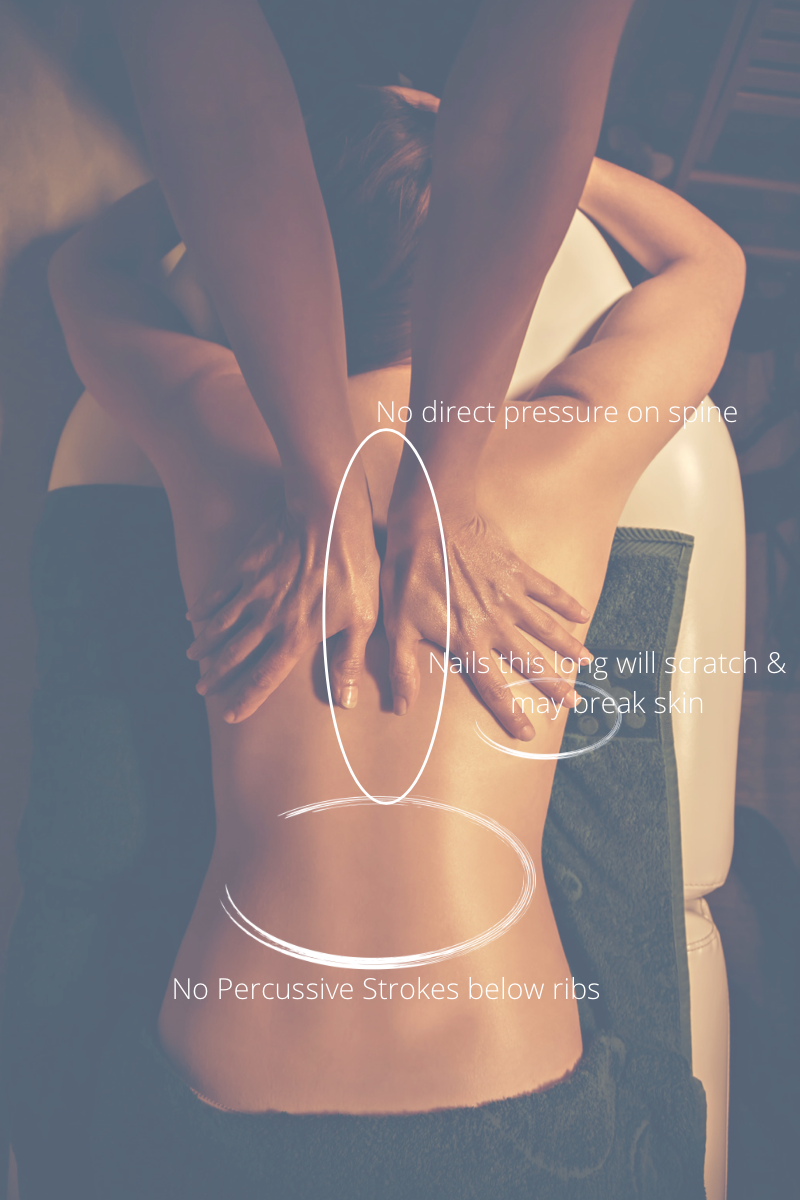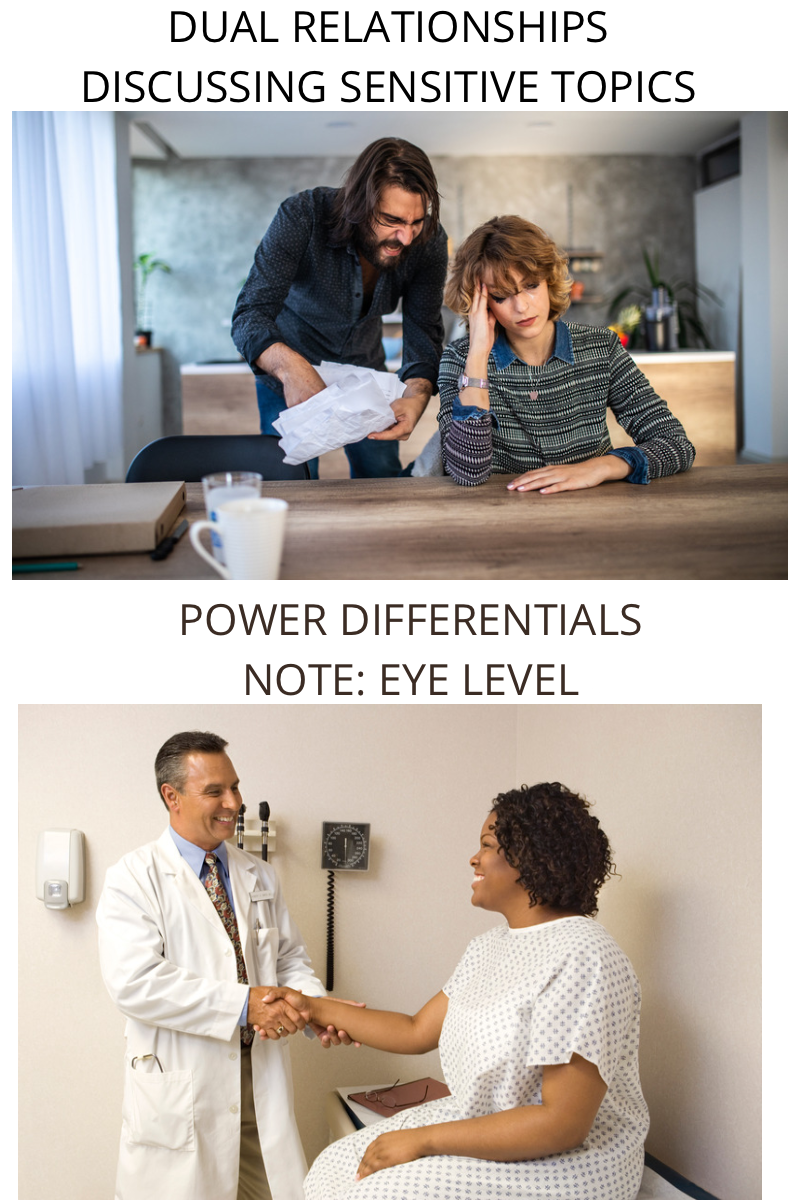Stefanie Melo
How To Give A Back Massage
Stefanie Melo, LMT

Did you know?
Many people experience, low back pain, shoulder tension, neck pain, headaches, tight hips and sore buttocks.
Many of these discomforts can be prevented, alleviated or resolved with massage therapy.
Before flop on your bed and have someone massage you, please let me share with you some basic information and safety guidelines for massage at home.
Let’s go!
Safety Information for You
- Trim and file nails in advance of giving massage.
- Wash hands, wrists and forearms THOROUGHLY before beginning a massage.
- Cover any open skin (warts, cuts, etc) with a bandage or finger cot or glove.
- When giving massage, be aware of the position of YOUR body to prevent injury. Your neck should be neutral. Your wrists should be relaxed and neutral as often as possible. Your shoulders should be relaxed. Your back/hips should not be bent. Your power to increase pressure should come from your legs.
Safety Information for Them
- When using percussive massage techniques, they should be performed on rib cage only.
- NEVER use percussive techniques below the rib cage to down to the hips to prevent damage to kidneys.
- Never use percussive techniques on the spine.
- Do not massage skin that is broken, open or experiencing sunburn or rash.
- Always begin with light pressure, slowly increase pressure while checking in with your partner to assess their preference.
- Use light pressure when working around the axilla (armpits)
- Only uncover the part of the body that is being worked on.



Dual Relationships
Whenever we experience a dual relationship (co-worker and friend) we have overlapping boundaries and unspoken rules that get blurry.
It isn’t a bad thing, but it can be a MURKY thing. This is why it is important to bring clear, professional communication when giving and receiving massage from a person you love.
Things to be aware of:
-use judgement free language, for example, “Would you like me to adjust the pressure?“ instead of “does this feel good?”
-body language: if they are tensing up, or having a ticklish response you should adjust the pressure and/pacing and check in again for their comfort.
-make judgement-free observations if observations are helpful. For example, “This area seems more sensitive or more tense.”. Instead of, “This spot is really bad.”
Power Differentials
Anytime we are providing care to someone, particularly when they are disrobed, that person is vulnerable. This is why doctors with good bedside manner often pull up a chair next to a hospital bed instead of standing.
It reduces the power differential, does the doctor still have power over a patient needing help? Yes, but eye contact, being at eye level are ways to reduce that disempowering sensation.
How you can support your loved one receiving massage, listen and adjust.
Listen with your hands (is he tensing up? ask about pressure) your eyes, with your ears (adjust pressure as they request no matter what you think of it), your eyes (are they experiencing goosebumps, for an extra blanket)
Also, keep your focus on the present time, do not broach subjects. Allow the recipient to guide conversation (if any). Guide conversation away from conflict should it come up (not the time to discuss the bills or sensitive subjects).
Giving Back Massage
Information courtesy of Stefanie Melo


